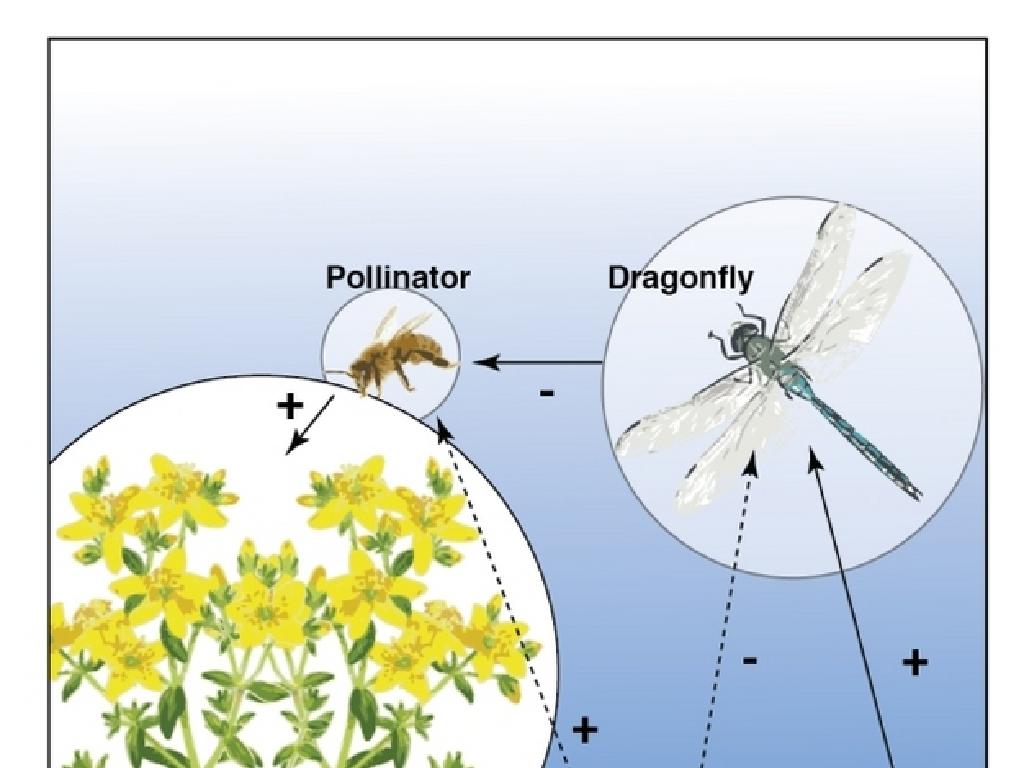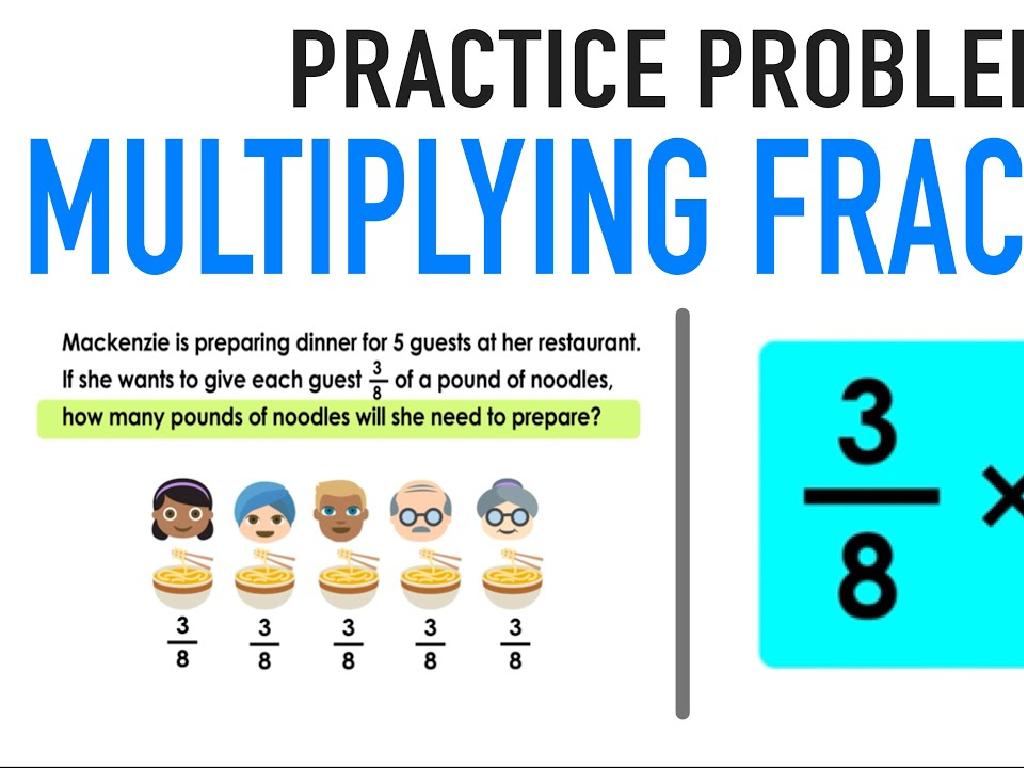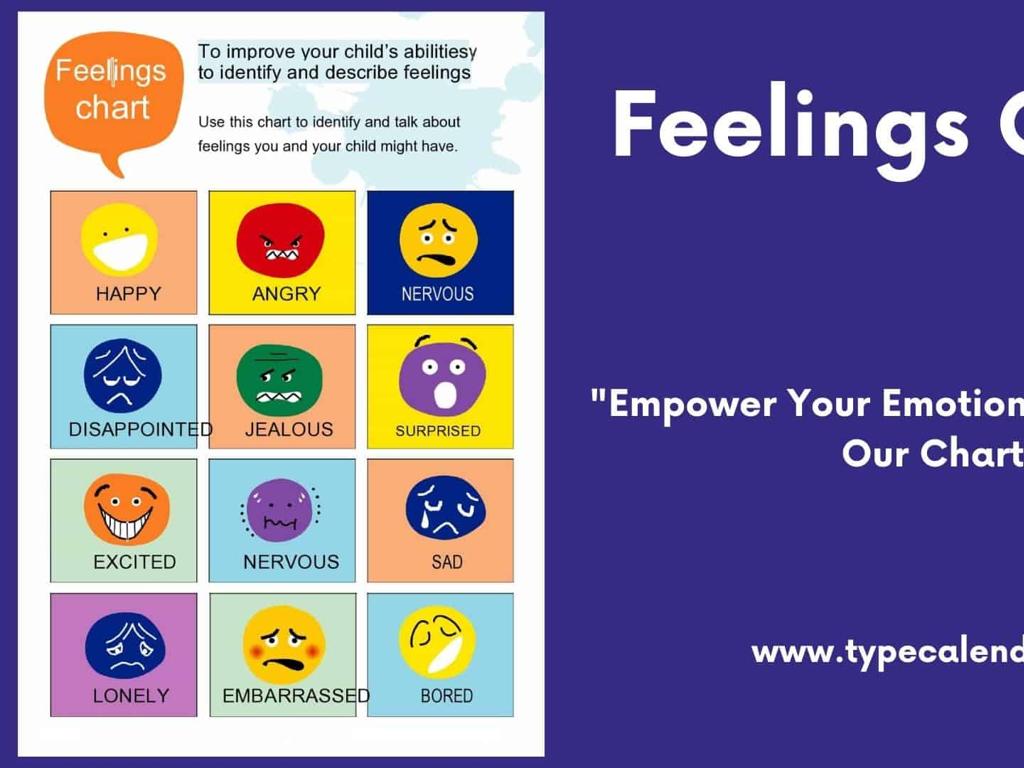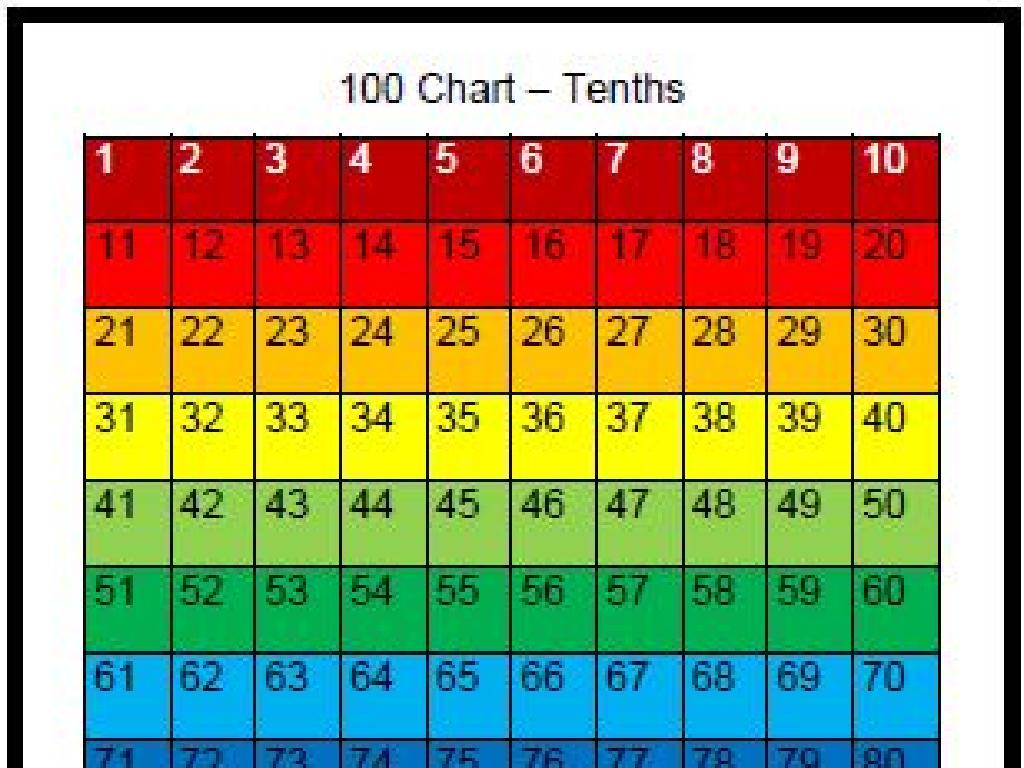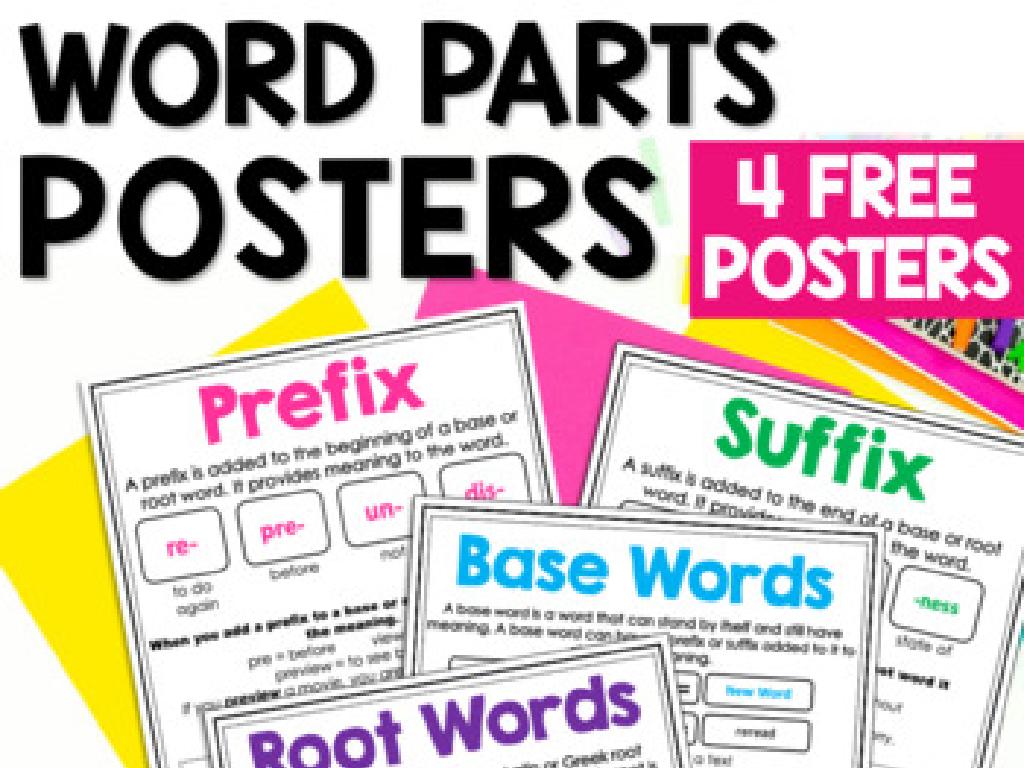Organize Information By Main Idea
Subject: Language arts
Grade: Eighth grade
Topic: Expository Writing
Please LOG IN to download the presentation. Access is available to registered users only.
View More Content
Organizing Information in Expository Writing
– Expository writing explained
– Expository writing conveys information or explains a topic clearly.
– The role of organization
– Good organization helps readers follow and understand the writer’s purpose.
– Defining the main idea
– Main idea: the central point or message the writer intends to communicate.
– Techniques for organizing by main idea
– Use headings, topic sentences, and outlines to structure information around the main idea.
|
This slide introduces students to the concept of expository writing and emphasizes the importance of organizing information around a main idea. Expository writing is a key component of academic writing, used to explain or inform the reader about a particular topic. Organization is crucial as it guides the reader through the text, making the content more accessible and understandable. The main idea acts as the anchor of the piece, and all supporting information should connect back to this central point. Teach students to use organizational techniques such as headings to denote sections, topic sentences to introduce paragraphs, and outlines to plan the structure of their writing. Encourage them to practice these techniques in their own writing to enhance clarity and coherence.
Understanding the Main Idea
– Define the main idea
– The central point or message in a paragraph or text.
– Significance in expository writing
– It guides the reader s understanding and anchors the text’s purpose.
– Main idea vs. supporting details
– Main idea is the focus; details are pieces of information that illustrate it.
– Analyzing examples in texts
– We ll look at paragraphs to identify the main idea and see how details support it.
|
This slide introduces the concept of the main idea, which is crucial for students to grasp as they develop their expository writing skills. The main idea is the central, controlling argument or theme of a text, around which all other elements revolve. Understanding the main idea is essential for both writing and reading comprehension, as it helps to organize thoughts and information clearly and logically. Provide examples of main ideas from familiar texts and discuss how they are supported by details. Encourage students to practice distinguishing between the main idea and supporting details to enhance their analytical skills. This foundational knowledge will be applied in subsequent lessons focused on developing strong expository essays.
Identifying Main Ideas in Expository Writing
– Tips for spotting the main idea
– Look for repeated phrases, first or last sentences, and topic sentences.
– Practice with example paragraphs
– Use provided paragraphs to pinpoint main ideas using tips.
– Group discussion on findings
– Share and compare main ideas with peers for deeper insight.
– Understanding the importance
– Grasping main ideas helps organize and comprehend texts better.
|
This slide aims to equip students with strategies to identify the main idea in expository texts, which is crucial for understanding and organizing information. Start by discussing tips such as looking for repeated phrases, considering the placement of sentences, and identifying topic sentences. Provide practice paragraphs for students to apply these tips. Then, facilitate a group discussion where students share and compare their identified main ideas, promoting collaborative learning. Emphasize the importance of this skill in enhancing reading comprehension and writing structured essays. For the activity, consider having different paragraphs for each group to ensure a variety of examples during the discussion phase.
Supporting Details in Expository Writing
– Importance of supporting details
– Details provide evidence and clarity to the main idea.
– Main ideas vs. supporting details
– Main ideas are central points; details explain or illustrate them.
– Activity: Match details to main ideas
– Identify the main ideas and pair them with correct details.
|
This slide aims to teach students the significance of supporting details in expository writing and how they help to clarify and strengthen the main ideas. It’s crucial for students to differentiate between the overarching main ideas and the specific supporting details that provide evidence and examples. The class activity involves matching given supporting details to the correct main ideas, reinforcing their understanding of the relationship between the two. For the activity, prepare several sets of main ideas and supporting details on index cards. Students can work individually or in groups to match them. Consider including a variety of topics to cater to different interests. After the activity, discuss why certain details support the main ideas effectively.
Organizing Paragraphs by Main Idea
– Structure paragraphs around main idea
– Each paragraph should support the central concept.
– Use topic sentences for introduction
– Topic sentences guide readers to what the paragraph will discuss.
– Example of a well-organized paragraph
– Observe a paragraph where the main idea is clear and supported by details.
|
When teaching students to organize paragraphs, emphasize the importance of centering each paragraph around one main idea. This helps in creating a coherent and focused argument or narrative. Topic sentences are crucial as they introduce the main idea and set the tone for the rest of the paragraph. Provide students with an example of a well-organized paragraph, highlighting how the supporting sentences develop the topic introduced by the topic sentence. Encourage students to practice by identifying the main idea and topic sentences in sample paragraphs and then writing their own. This exercise will enhance their ability to write clearly and effectively in an expository manner.
Writing Workshop: Expository Paragraphs
– Select a strong main idea
– Choose an idea that is clear and focused
– Organize supporting details effectively
– Arrange details in a logical order that enhances understanding
– Engage in peer review
– Exchange drafts with classmates, provide and receive feedback
– Share and discuss your paragraph
– Discuss what worked well and what can be improved
|
This slide is designed for a writing workshop focused on crafting expository paragraphs. Students should start by selecting a main idea that is both clear and focused, which will serve as the foundation of their paragraph. They should then organize their supporting details in a logical sequence that enhances the reader’s understanding of the topic. The peer review process is crucial for students to engage with each other’s work, offering constructive feedback and gaining insights into their own writing. Finally, a class discussion will allow students to share their experiences and learn from one another, fostering a collaborative learning environment. The teacher should facilitate the peer review and ensure that each student understands how to give and receive feedback respectfully and productively.
Class Activity: Organizing Ideas
– Group activity: Organize details into a paragraph
– Present your paragraph to the class
– Class votes on best-organized paragraph
– Reflect on the organization strategies used
– Think about the use of main ideas, supporting details, and transitions.
|
This activity is designed to enhance students’ understanding of structuring paragraphs around a main idea. Divide the class into small groups and provide each with a set of details that they must organize into a coherent paragraph. Each group will then present their paragraph to the class. After all presentations, conduct a class vote to determine which group organized their paragraph most effectively. This will not only engage students in collaborative learning but also allow them to critically analyze different organization strategies. Encourage students to reflect on the use of main ideas, supporting details, and transition words in creating a well-structured paragraph. Possible variations of the activity could include organizing paragraphs for different topics, using different sets of details, or even comparing organized paragraphs to poorly structured ones to identify key differences.
Wrapping Up: Main Ideas & Homework
– Recap main ideas in expository writing
– Homework: Craft an expository paragraph
– Choose a topic and explain it clearly using main ideas and supporting details.
– Focus on a specific topic
– The topic should be narrow enough to cover in one paragraph.
– Next class: Reading comprehension
– We’ll learn strategies to understand texts better.
|
As we conclude today’s lesson, emphasize the importance of identifying and using main ideas to structure expository writing effectively. For homework, students are to write a concise expository paragraph on a topic of their choice, ensuring they have a clear main idea supported by relevant details. Remind them to keep the topic focused. In the next class, we will delve into reading comprehension strategies, which will help students not only in understanding what they read but also in organizing their writing around main ideas. Provide examples of expository paragraphs and discuss how main ideas and supporting details are presented. Encourage students to bring their paragraphs for peer review in the next session.

